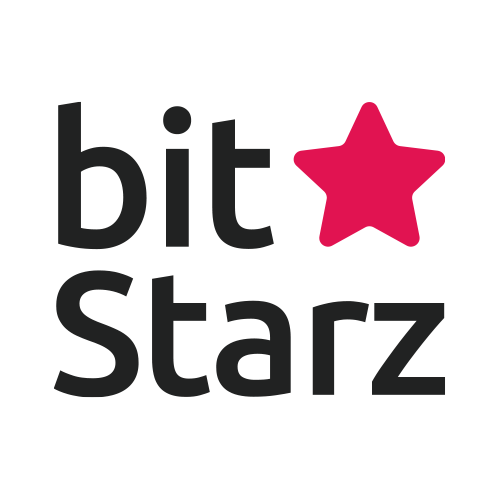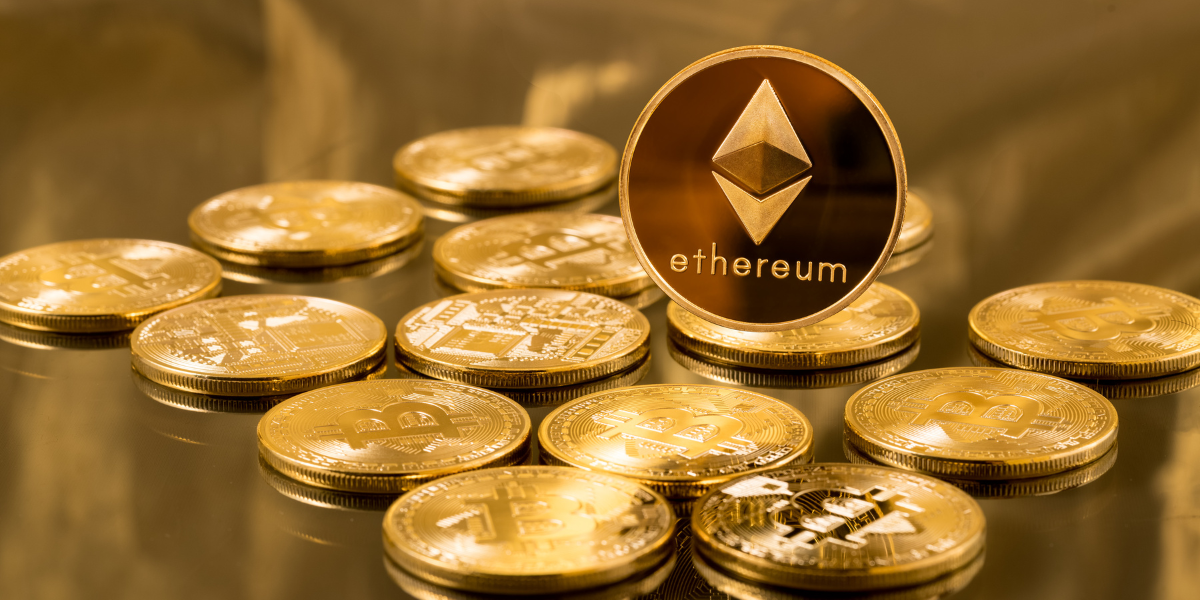There are approximately 13,648 listings for drug on the [Silk Road 2.0] website, which requires anonymization technology to known as Tor to access, compared to the 13,000 listed shortly before Ulbricht’s arrest. While that’s an increase of just five percent, the Darknet drug economy has grown an astonishing 75% in the last six months thanks to the proliferation of Silk Road competitors, according to the report. The group spent eight months studying the Darknet drug economy both before and after Ulbricht’s arrest.
Dark net markets have long represented a huge piece of the active bitcoin trade, but following the Silk Road bust in October prices didn’t crash as many had expected. Instead, bitcoin began a massive, rapid rise in value from around $99 to the record $1,250 seen in November. According to the report:
Patrick Murck, the General Counsel for the Bitcoin Foundation, told Digital Citizens researchers that he could see a psychological change in the perception of bitcoin almost instantaneously: “There was this assumption that if Silk Road was taken down, of course bitcoin would topple. If the only purpose for bitcoin is illicit transactions, it has no value in a world where there aren’t any black markets. Then it was taken down, and people had this instant panic, because that function just dropped out of the system. But within 24 hours, the price had actually gone up. It showed people must think there’s a useful purpose for this thing that has nothing to do with illicit transactions. The illicit transactions experiment failed.”
The report concludes that the Silk Road bust ultimately resulted in a hugely positive effect on the dark net market and the illegal drug trade. Instead of a handful of dark net markets with less than 14,000 listings, authorities now have a dozen well-established, highly secure sites with over 41,000 listings to keep up with.














